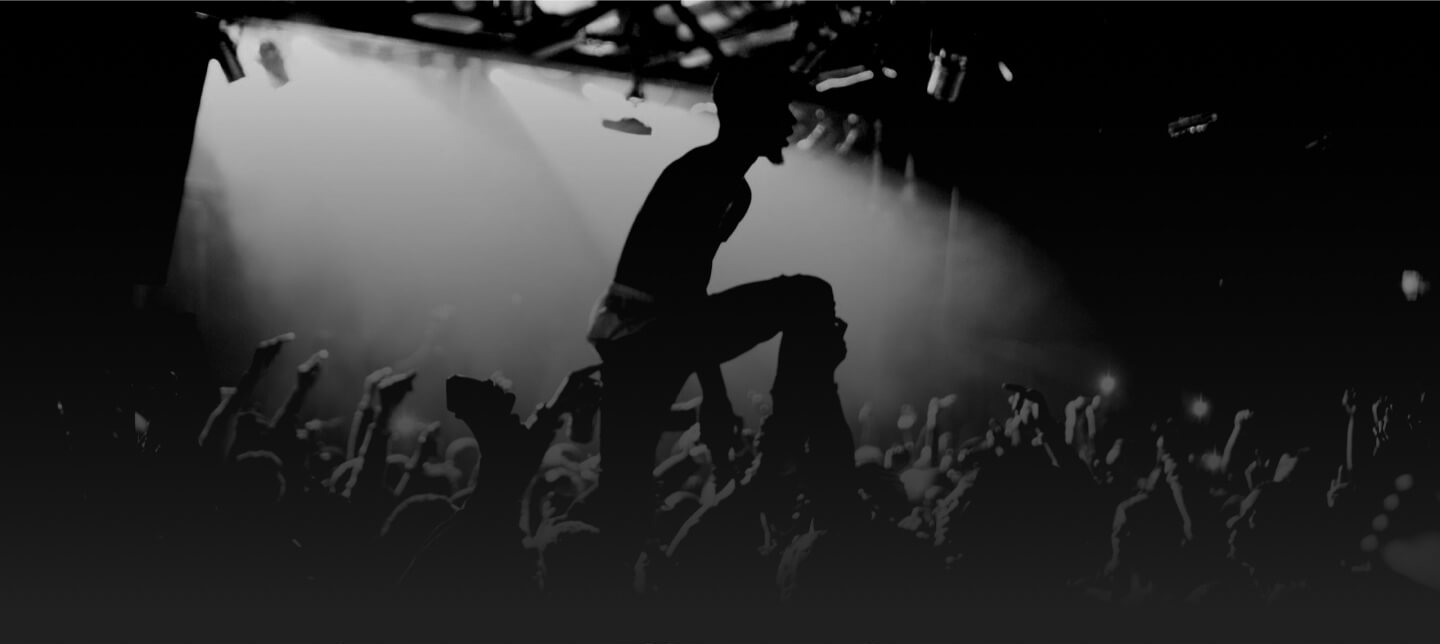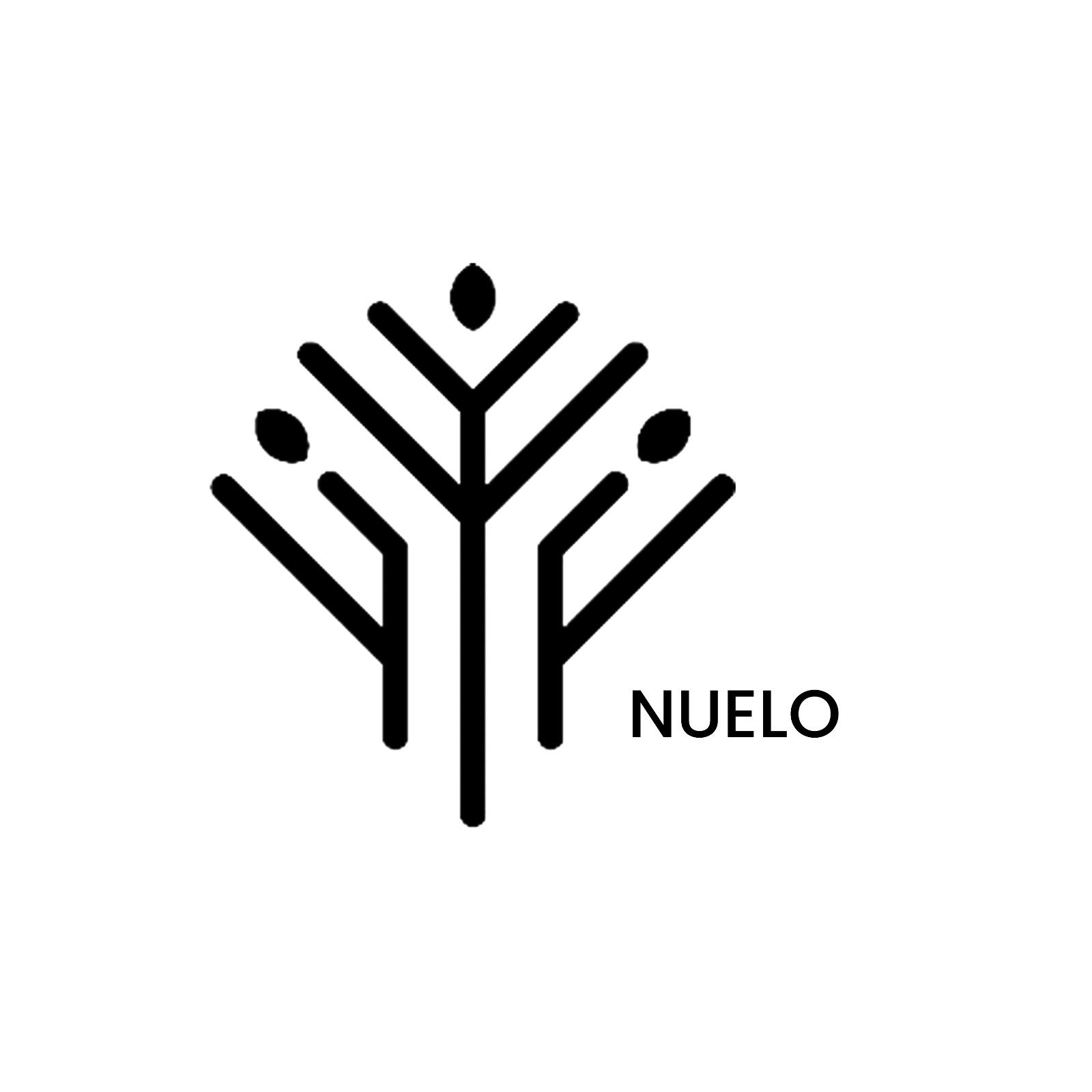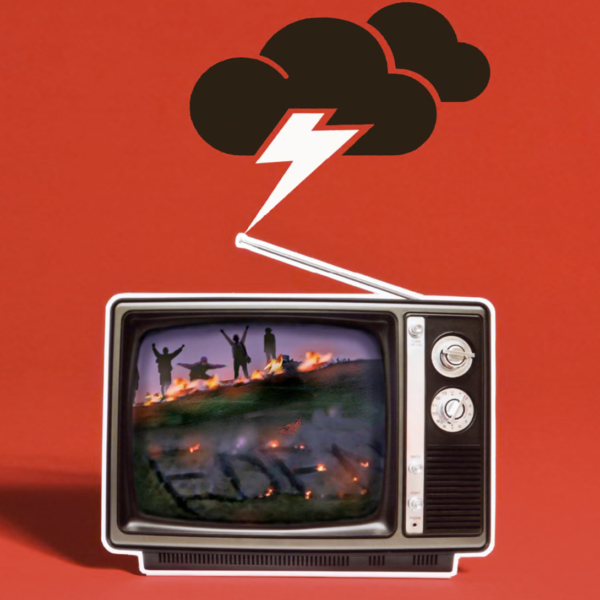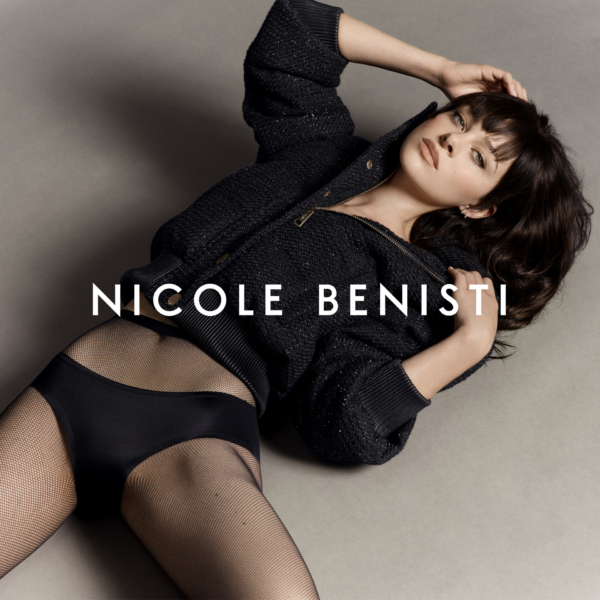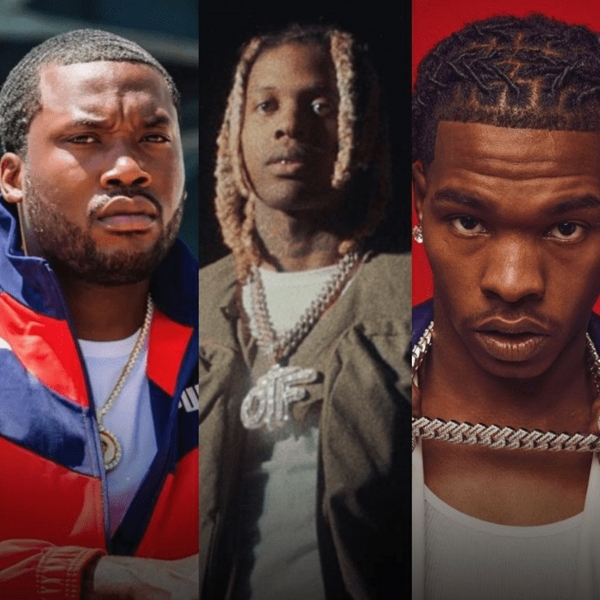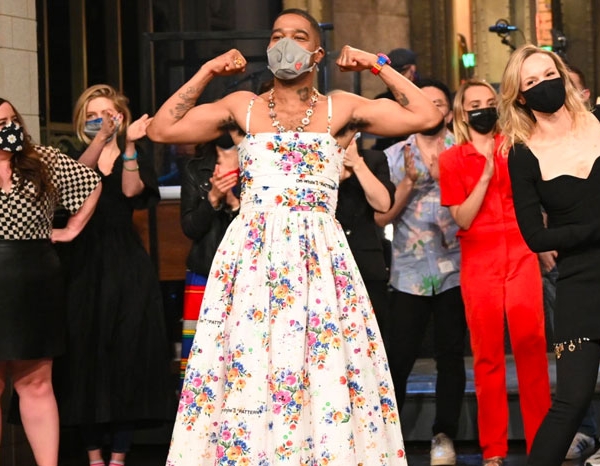Uncategorised The Luxury Spirit and Champagne Conundrum: How the Demise of the VIP Nightclub Goes Hand in Hand
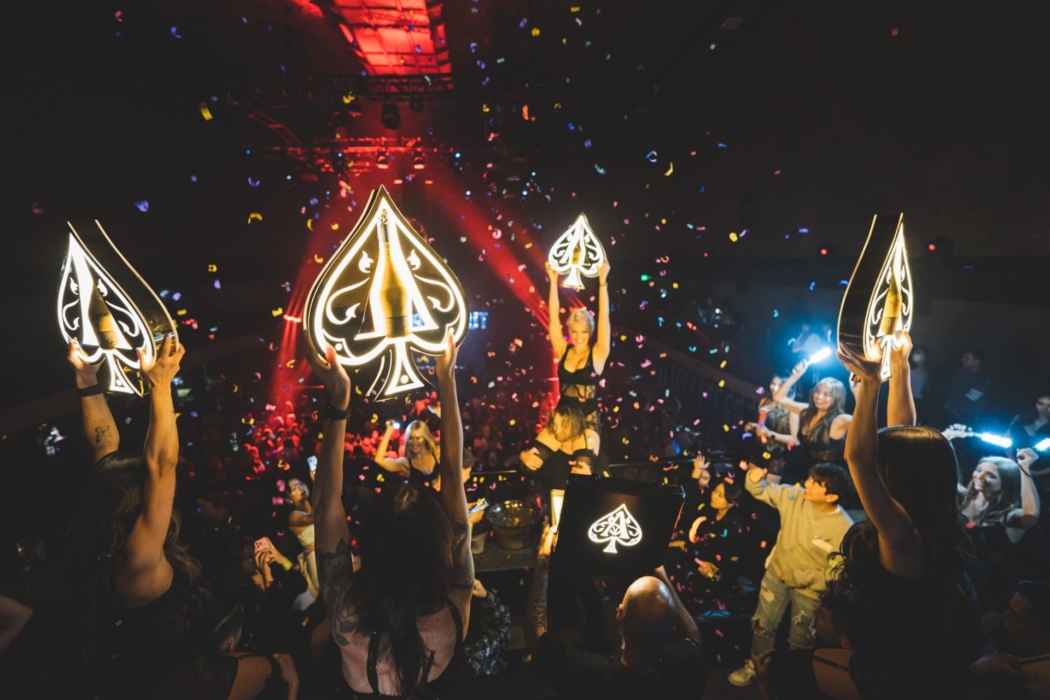
The Luxury Spirit and Champagne Conundrum: How the Demise of the VIP Nightclub Goes Hand in Hand
- Since Covid, the way people party, dine, and socialise has changed beyond recognition. Where nights once revolved around velvet ropes, champagne sprays, and booming VIP booths, today’s crowd prefers curated experiences, dinner parties, and laid-back lounges. The “VIP nightclub” a once-glamorous arena where luxury spirits reigned supreme, has become a fading memory, propped up only by the occasional themed event or one-off bash. But behind that decline lies a bigger conundrum:
-
“What happens to luxury spirit brands when their primary habitat disappears?”
From Velvet Ropes to Brunch Tables:
Nightlife used to be synonymous with status. Tables weren’t just for the ultra-wealthy, they were collective achievements. Groups of guys chipped in and women were happy to split the bill. Why? Because everything was a show or “somewhere to sit in some cases”. The table wasn’t just for drinks; it was for being seen. A bottle of champagne wasn’t just to be enjoyed, it was a performance, a statement.
But since Covid, the pendulum has swung the other way. People are dining more than clubbing. Brunches became the new raves, now that is phasing out. Casual bistros and outdoor terraces replaced dark booths and sticky dance floors. Now, people are prioritising quality over quantity, intimacy over extravagance.
The cost of living crisis added fuel to the fire. Younger audiences, particularly Gen Z, are less inclined to splurge on bottles just for optics. Even the affluent have become more considered in their spending and with bottle shows and sparklers now seen as “tacky” by a more conscious crowd, the once-flourishing VIP scene is struggling to stay relevant.
Where the Bottles Used to Pop:
This shift has hit luxury spirit and champagne brands hard. Many of them built their volume-based strategies around the high-turnover VIP club ecosystem. Bottles of premium vodka, tequila, and champagne weren’t just sold, they were staged. Whole supply chains, marketing plans, and sales targets depended on this culture.
Now, these same brands are having to pivot and fast. We’re seeing a return to heritage: a shift back to Michelin-star restaurants, fine dining venues, manor hotels, and boutique luxury retailers. But this isn’t just a strategy update, it’s a full circle moment. The brands that once relied on exclusivity became too accessible, too performative. Now, they must redefine what luxury actually means in a post-nightclub world.
The Ace of Spades Case Study:
Armand de Brignac, famously known as Ace of Spades, embodies this shift more than most. Introduced in the mid-2000s and famously endorsed by Jay-Z after a fallout with Cristal, the brand soared. It became the bottle of choice in music videos, rap lyrics, VIP clubs and sports celebrations. Armand wasn’t just a drink, it was a symbol of having made it.
But that was its Achilles heel. Its rise was entirely tied to a scene that no longer carries the same cultural capital. Without the nightclub to prop it up and with artists and athletes moving on to other endorsements, Ace of Spades finds itself in a strange space. It’s too flashy for the fine dining crowd and too expensive for the casual drinker. Even on the old battleground of table service, spenders often opted for Dom Pérignon instead, not only for its legacy and flavour profile, but because two DPs for the price of one Ace made for a better show was simply a no brainer.
And then there’s the liquid itself. While Armand de Brignac sells on status and branding, many industry insiders and drinkers alike agree: Dom Pérignon simply tastes better.
So what now?
Spirits Without a Stage:
Luxury spirit brands are now in limbo, floating between a nightlife that no longer exists and a fine-dining audience that’s more discerning than ever. The volume they once relied on is gone. And for many, the loyalty wasn’t there to begin with. Brands courted culture when it suited them, but rarely gave back to the artists or communities who drove their hype.
The irony is, these spirits still hold power. Luxury drinks have long helped shape lifestyle trends, status symbols, and cultural moments. But to stay relevant, they’ll need to do more than rely on fading glitz and superficial endorsements. They’ll need to invest in deeper connections, thoughtful placements, and authenticity.
The luxury drink experience of the future won’t be built in a club, it will be shaped in art galleries, at private dinners, curated events, cultural collaborations, and elegant, low-key spaces where the liquid matters more than the label.
What Comes Next?
The question now is, will we see a full swing back to what nightlife used to be, before VIP booths took over the dance floor? A time when clubs were about movement, energy, and connection and not content. Where people came to dance, not just stand around staging stories and bottle moments for social media. Could we be heading back to a scene where shots are lined up on the bar, not sparklers in overpriced bottles?
For luxury spirits, the challenge is bigger than ever. Will they begin hosting more intimate, high-end gatherings, private dinners, cultural events, immersive brand experiences, to rebuild real relationships with their audience? Because the truth is, they relied too heavily on a single volume-driving environment without ever really understanding or valuing the people who made that world tick. And now that world’s gone, many of these brands find themselves floating in a grey area, no longer aspirational, not quite authentic, and unsure where to go next.
By Rory May
What to read next
